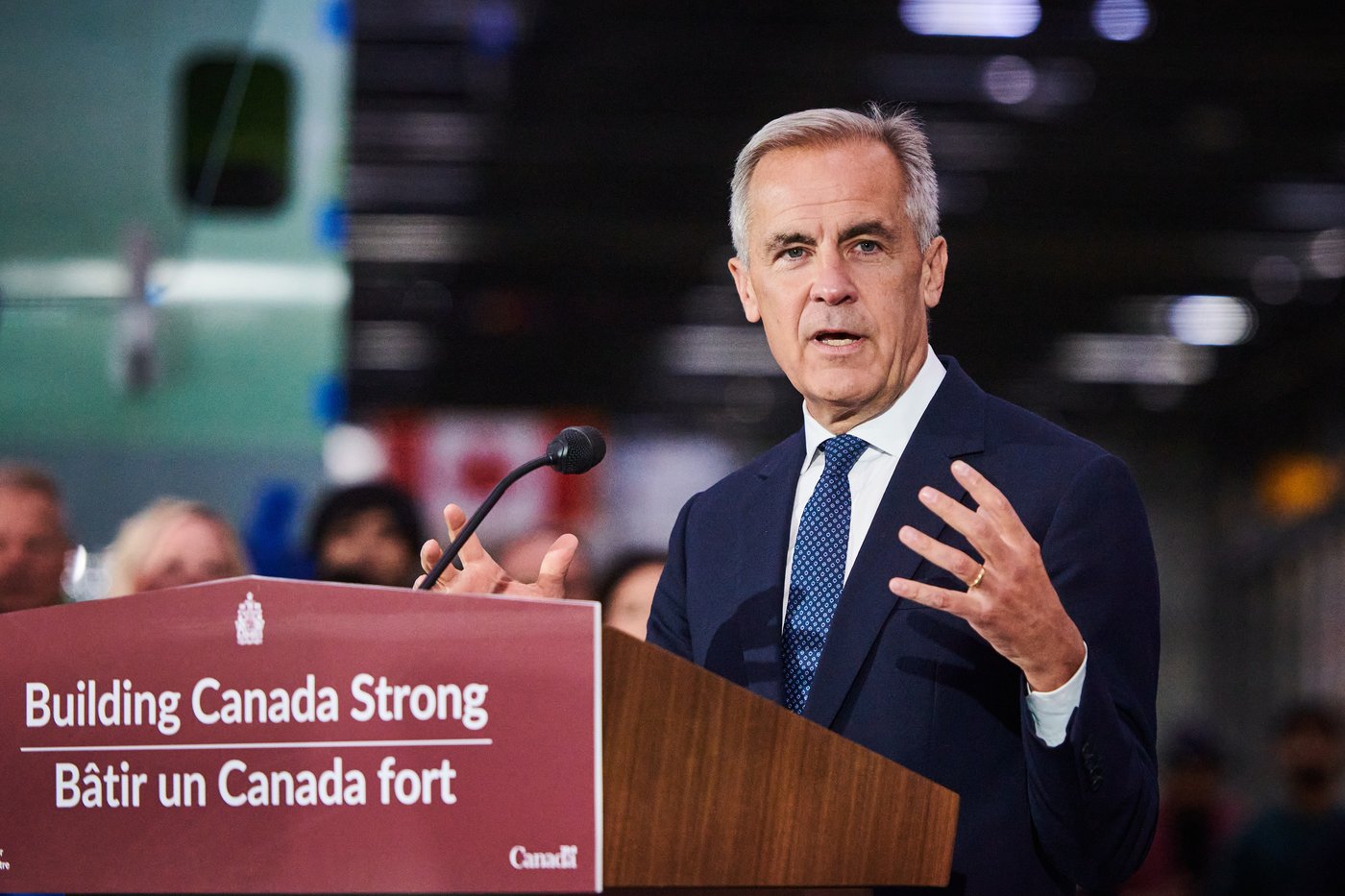Rising Canada recession risk to trigger at least 2 more rate cuts this year, economists predict

The growing recession risks to Canada from the U.S.-led trade war are causing concern among economists, with some predicting that the Bank of Canada will need to cut interest rates at least twice more this year. This comes as U.S. President Donald Trump’s recent announcement of a 90-day pause on reciprocal tariffs did little to alleviate the pessimism surrounding Canada’s economic outlook.
The unpredictable nature of U.S. trade policy, coupled with escalating tensions between the U.S. and China, has heightened the likelihood of a global economic downturn. Given that around 80 percent of Canada’s exports go to the U.S., the country is particularly vulnerable to the impact of these trade disputes.
In a recent Reuters poll conducted from April 7-11, economists revised their growth forecasts for the Canadian economy, predicting growth of 1.2 percent and 1.1 percent for this year and next, respectively. This is a significant downgrade from the previous forecasts of 1.7 percent and 1.6 percent. Some economists even foresee the possibility of a recession this year.
Andrew Kelvin, head of Canadian and global rates strategy at TD Securities, anticipates that the Bank of Canada will pause at 2.75 percent in April as it assesses the impact of tariffs on the economy before considering further rate cuts. He estimates that trade policies could subtract approximately one percentage point from Canadian growth, prompting the central bank to resume easing measures.
While the majority of economists expect the Bank to maintain its overnight rate at 2.75 percent on April 16, there is a growing consensus that two more rate cuts may be necessary by the end of the third quarter to address recession concerns. This would bring the rate down to 2.25 percent, at the lower end of the Bank’s neutral rate range.
The risk of a recession this year is considered high by all but one of the economists surveyed, citing recent weaknesses in the labor market and deteriorating business and consumer sentiment. Despite the Bank of Canada’s recent rate cuts, the surge in inflation to 2.6 percent in February presents a challenge for policymakers.
The negative impact of U.S. tariffs on business sentiment is a common concern among economists, with over 60 percent describing it as “very negative.” Inflation is expected to average 2.4 percent and 2.1 percent in 2025 and 2026, respectively, compared to previous forecasts of 2.2 percent and 2.1 percent.
As the trade war and economic uncertainties persist, the Bank of Canada faces tough decisions ahead to navigate the challenging economic landscape and support sustainable growth in the face of mounting recession risks.



